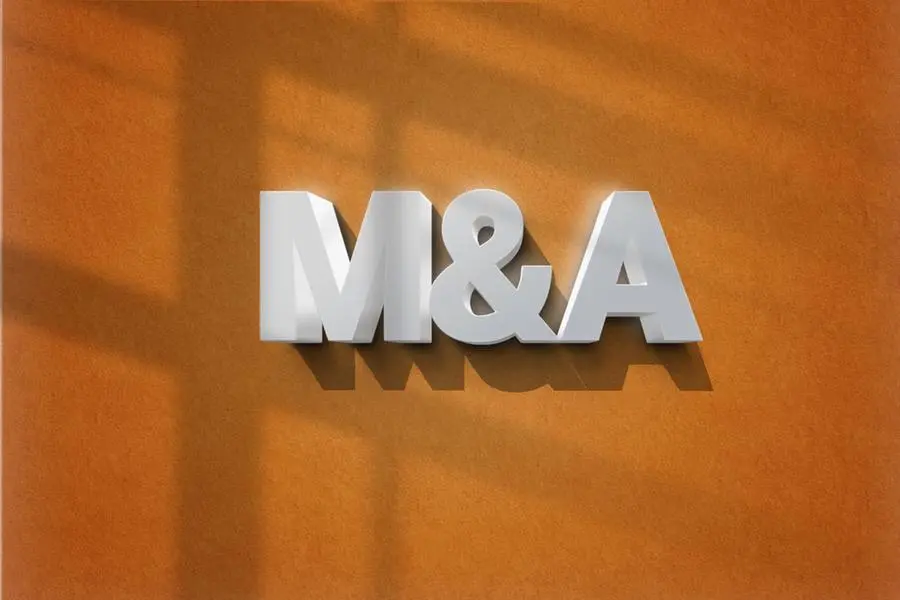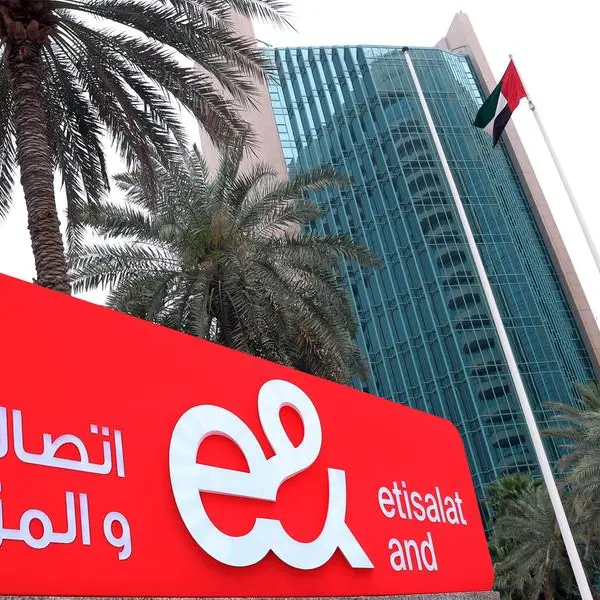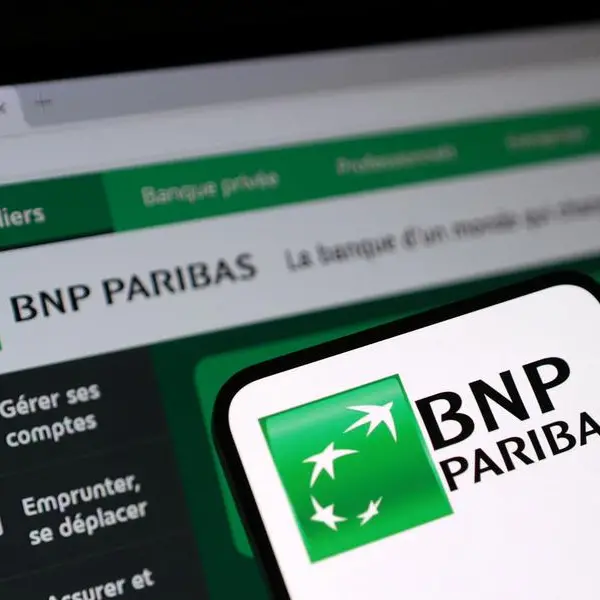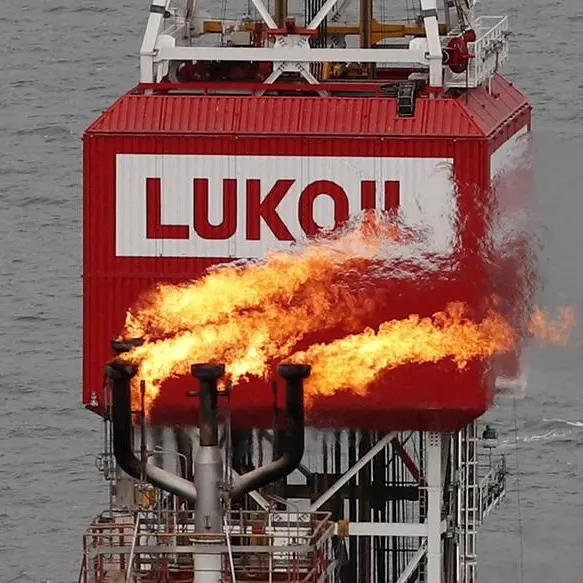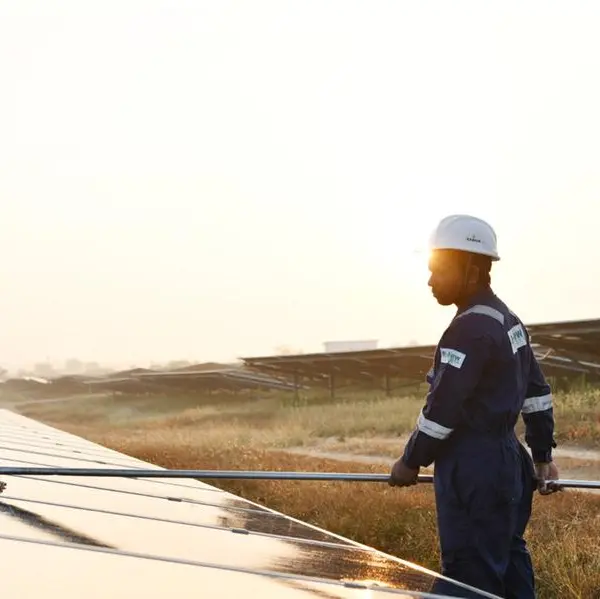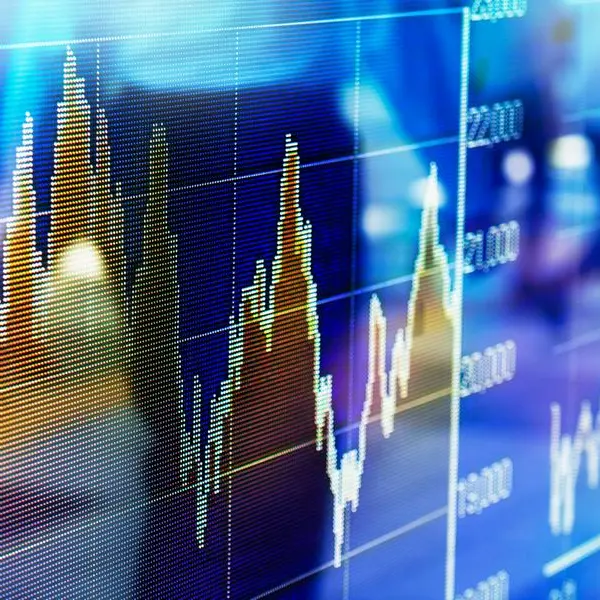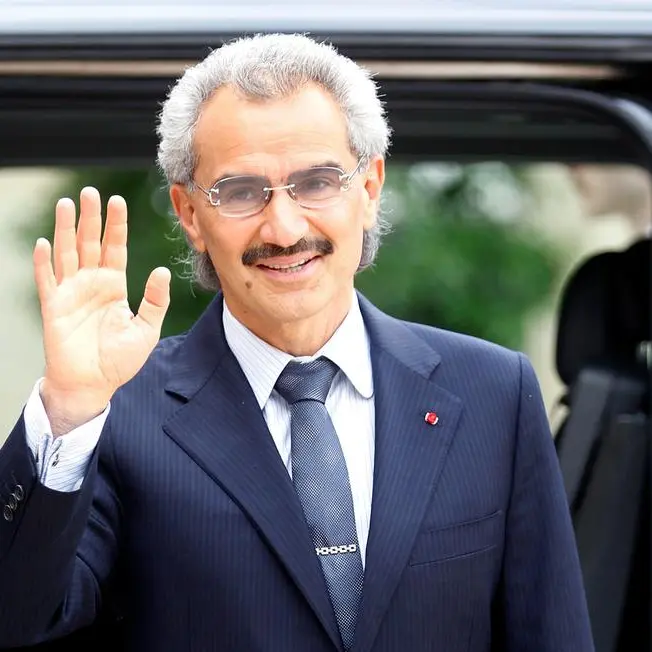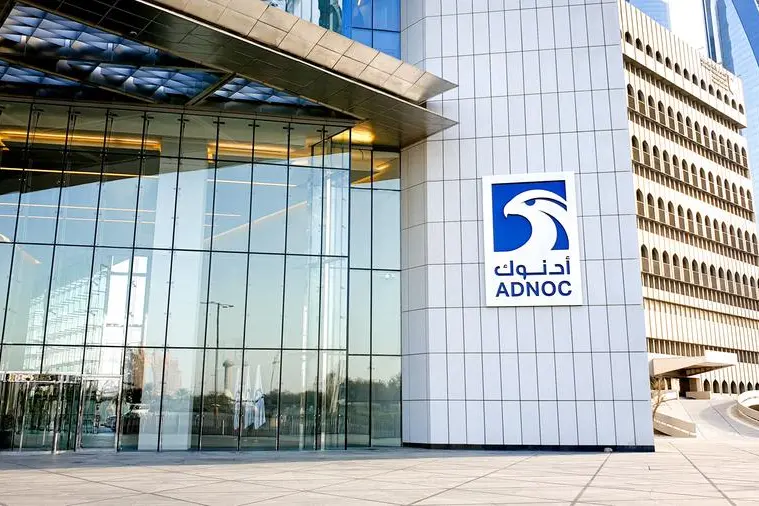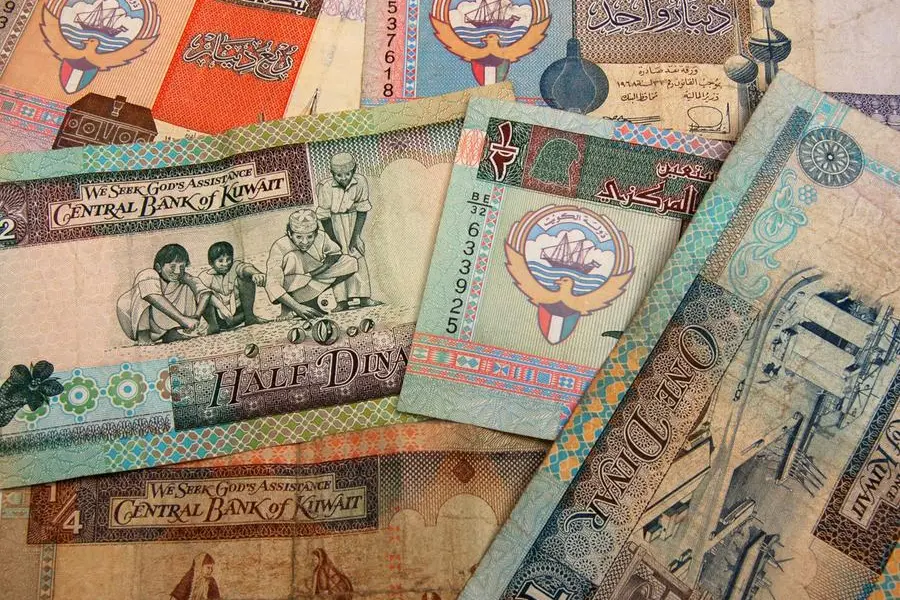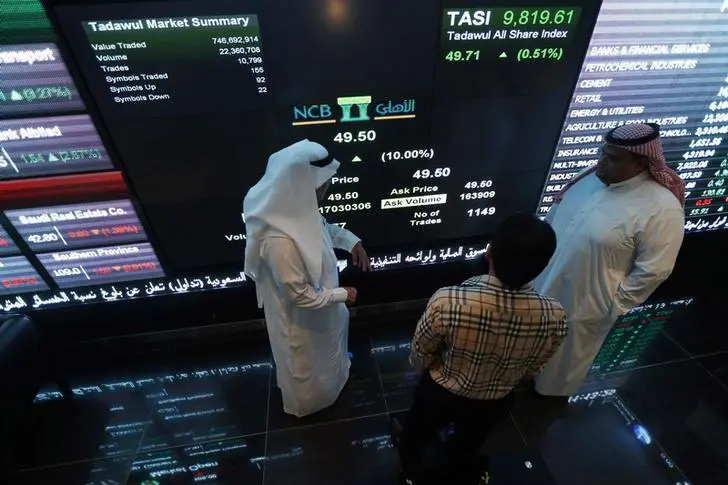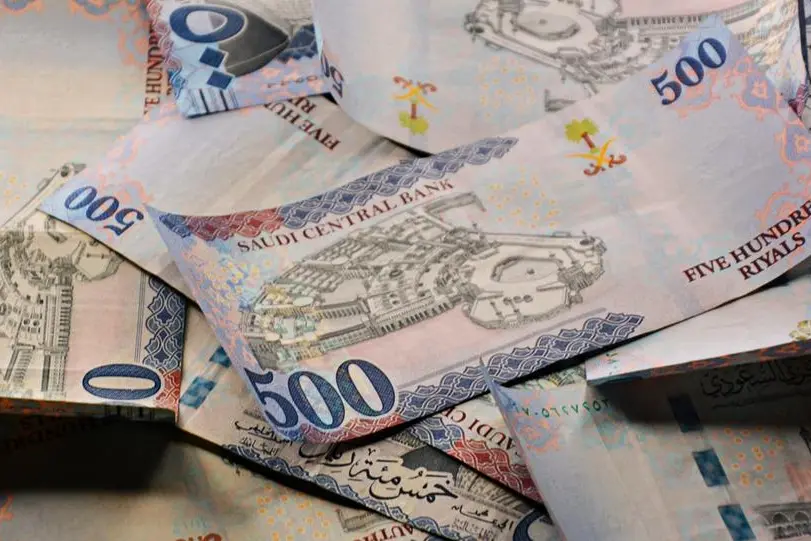PHOTO
US president Donald Trump’s trade war halted 2025’s M&A rebound in its tracks after they were announced on April 2. After announced deals in March soared to levels not seen since 2021, volume came crashing down in April, according to LSEG data.
Trump unveiled wide-ranging tariffs on most of the US's trading partners and later increased tariffs on China to 145%. China retaliated by slapping 125% tariffs on the US. Immediately companies began to fret about supply chains and recessions, chilling appetite for transactions.
Announced M&A deal volume hit almost US$500bn in March, but was cut in half to US$249.4bn in April, LSEG data showed. The number of deal announcements in the first four months of the year fell by 16% from the same period of 2024.
Still, there are a couple of bright spots for advisers so far this year: worldwide announced M&A totalled US$1.2trn through to the end of April, up 19% from the first four months of 2024, indicating the rebound is ongoing despite threats it may have halted.
And there is willingness to attempt large transactions. LSEG data showed there were 20 global deals valued at US$10bn or more in January-April ─ a rarity. That number of mega-deals has only been reached once before during the first four months of any year since records began in the 1970s.
And despite the drop off in activity in April, four of the mega-deals were announced last month.
Large transformative transactions serve two functions, according to M&A bankers. They signal that markets are open and they are testing the anti-trust waters under a new administration. Bankers keen to test the boundaries of regulators in a new Trump administration say large deals offer the best clues.
While the health of mega-deals is welcome, bankers are now keen to see it spread to smaller deals and for the dealcount to perk up.
"The depth of the market is clearly returning but that benefits fewer banks. A healthy market needs breadth," said one banker at a major firm.
Global Payments’ US$24.3bn offer to buy Worldpay was the largest M&A announcement during April. It was the fifth-largest this year, helping to make financials the leading sector in 2025, accounting for 21% of global M&A activity by value and topping technology.
Financials M&A totalled US$254bn in the first four months, up 69% compared with a year ago. Technology industry deals totalled US$229.4bn.
Despite potential to be severely impacted by tariffs and a trade war, industrial sector transactions surged 109% in the first four months of the year. But the value of telecoms deals fell 51% to US$17.9bn.
UK, Japan and China rise
The epicentre of the trade war is feeling the heat, however. Announced deals involving a target in the Americas totalled US$632.7bn in January-April, or 53% of overall global M&A activity. The value of those deals was up 3% from a year earlier, although the region's share of the global tally was down from 61% last year.
European M&A totalled US$221.9bn in the first four months of this year, up 13% from a year earlier, driven by the UK. M&A involving a UK target totalled US$52.2bn, accounting for 24% of the European total and making the UK the third most targeted nation for M&A this year, after the US and China.
Japan was also lively, with US$43.7bn of announced deals with a Japanese target, up 127% on the year.
Deals in Asia-Pacific, excluding Japan, increased to US$246bn by the end of April, up 63% from a year earlier and a three-year high, driven by a 145% increase in M&A in China.
Goldman Sachs cemented its position as top global M&A adviser after working on more deals than rivals and most of the largest deals. The bank worked on 154 deals that by value represented 32% of the global tally in the four months. Its nearest rival was JP Morgan, which had a 24% share of the deals.
The rankings of the top five banks for January-April were largely unchanged from a year earlier, although Barclays surged to fourth from ninth, edging past Citigroup.
That also reflected the value of working on mega-deals. Barclays worked on 40 deals during the period, far fewer than the 77 deals worked on by Citi, and the lowest deal count among the top 10 banks.
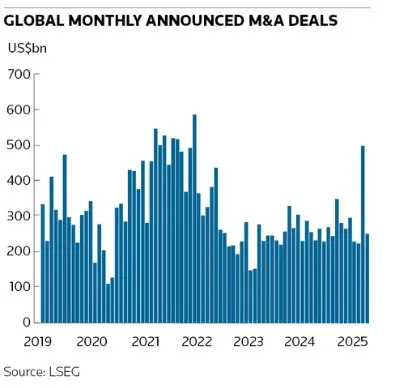

Source: IFR
